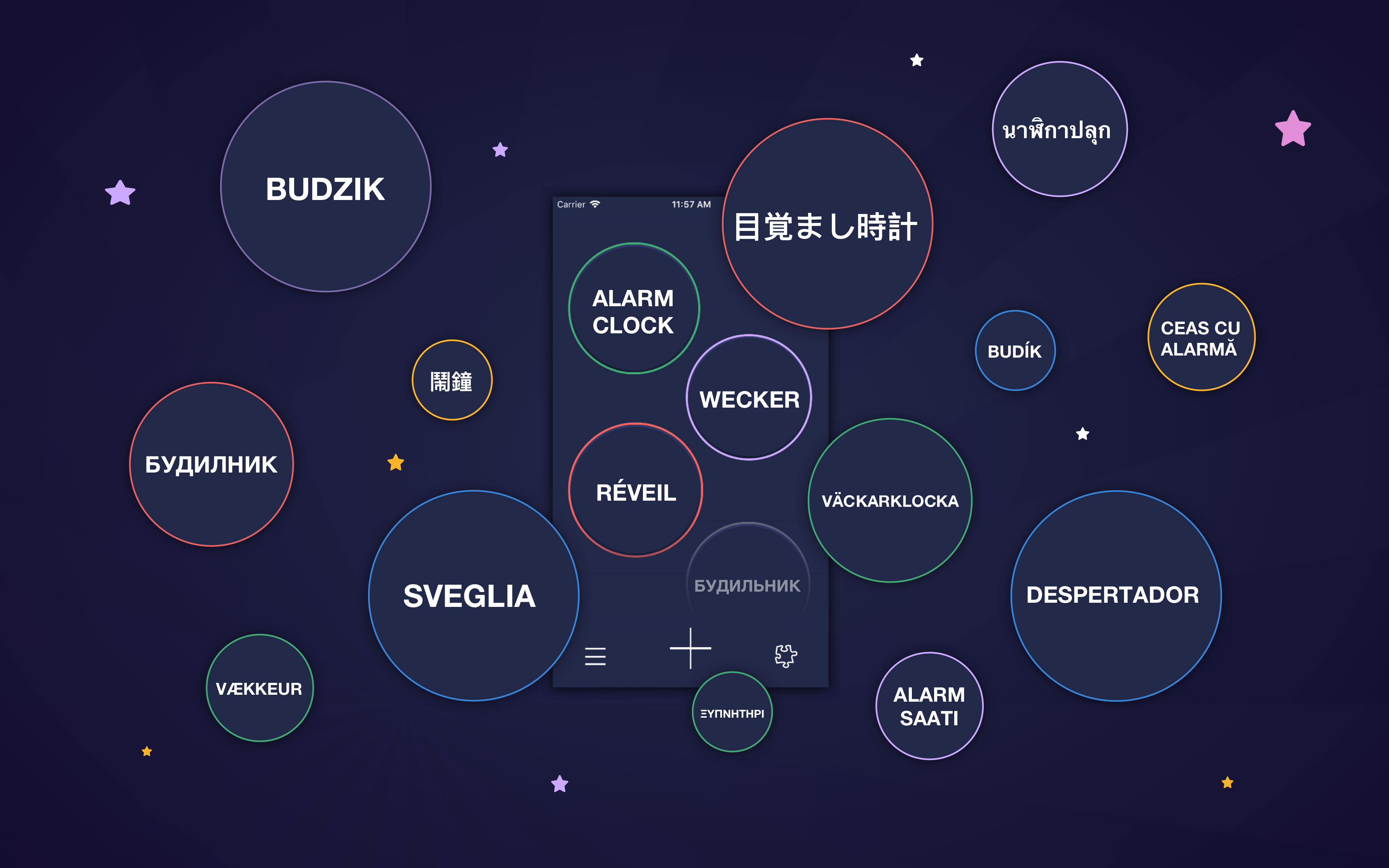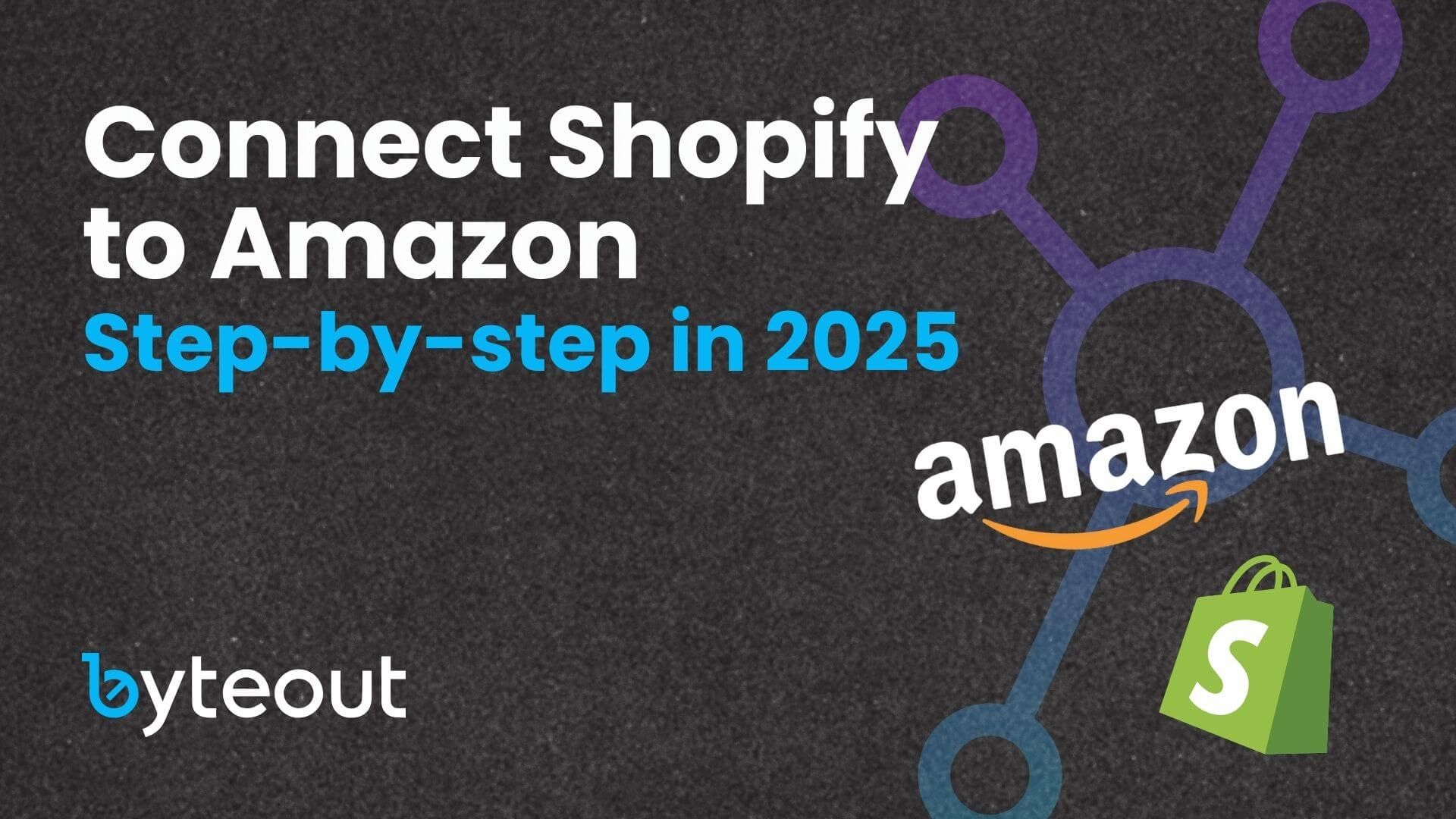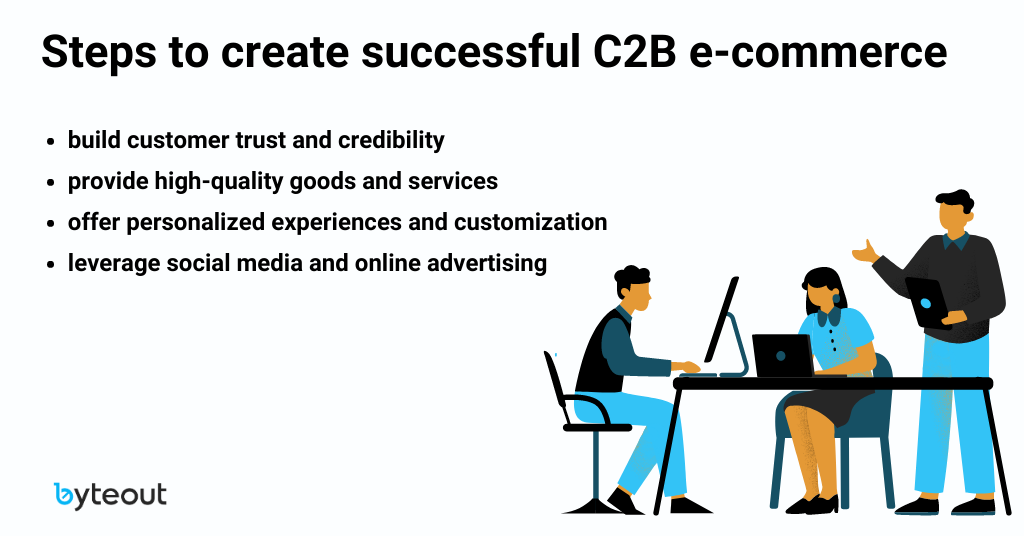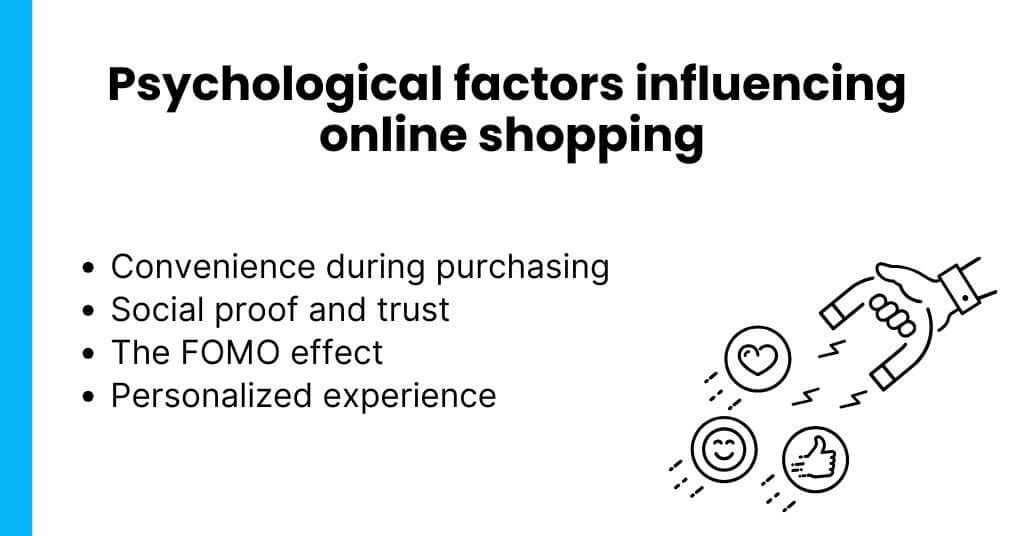
Localizing Your Apps – Things That No One Tells You
Localizing an app is advised by Apple. By doing it, you could reach potential users who don’t speak your (app’s) language. But, what does it really take to translate an app? Is it always a good idea to invest time and resources in it?
Here, we will tell you what our experience was with localizing Early Game Alarm in 7 languages like.
Constant communication with translators
There are a lot of tools where you can just submit your texts and get them translated (we’ve got a recommendation for LingoHub). It looks like no communication with translators is needed. Also, Apple announced at WWDC 18 the new workflows in preparing both those text files and accompanying resources (like screenshots). Everything sounds super easy, but it is not so straightforward.
Every app is a story for itself. It has a specific vocabulary and terms, and these terms need to be explained in the right context. So these translatable resources and accompanying files need to be explained in detail and specially prepared. Screenshots sometimes need to be annotated, and the comments should be added next to the text. Some things cannot and should not be literally translated.
Just a couple of examples:
One of the games that should wake people up in Early is a plain old Memory game (like this one). We call it simply “Memory.” But when someone sees the word by itself “memory,” they can understand it in many ways (remembrance, mind, recollection) which then ends up in different languages completely different from what it should be. It requires context to be translated correctly.
And the rest of the games and melodies need to be translated, too. It doesn’t look well when everything is in one language, and only some melodies are in English. But they should never have a literal translation.
“Restore purchases”, “App icon badge”, “Do not Disturb mode”, “Allow notifications” – these are some of the terms used widely across the iOS platform. So the translation of the word “notifications” should be the same as Apple used it (in Settings for example). “Badge” on the app icons already has its name in iOS. We should use terms users are already familiar with and not introduce new ones which would make the app more complicated. So it is really important that a translator is a person who uses the apps in his or her native language. And who is in touch with different technologies.
“High score” – the term used in every game (in English). Should be translated in a term used in every game in every other language. It is important to know what’s used in other apps.
“N-days streak” – We had a lot of problems explaining this. Let’s look in a dictionary: “A streak is a continuous period of specified success or luck”. And we used this in this context: if the user beats the alarm (wins a game while the alarm is ringing) two days in a row, he or she has achieved a “2-day streak”. Also, here we have pluralization issues with 1, few, many experienced translators should be aware of.
“Try to open 3 circles of the same color.” – In our app, we have circular tiles that can be opened (flipped). Without additional context, the translator can understand the word “circle” as just a circular line, which would be incorrect, and in some languages even confusing in this case.
“Performance improvements” – Text commonly used in “What’s new” app section on the App Store used for explaining what was changed in the newest update. Well, it is commonly used in English. Word “performance” has a lot of meanings (achievement, work) and what we really need is to say that the app was improved in this update.
So, considering all this, if you really want your app to be perfect for every language, you should double check it after translations are completed. Luckily, people in our team are multilingual and could detect certain problems in certain languages, and they know everything about the app. But problems come with languages (like in our case Chinese) that no one in the team knows. To double check these, we had to organize Skype calls with different demos. When that was not possible, we sent videos, an additional series of screenshots, presentations, TestFlight app versions with specific scenarios, etc. Also, we always had to assign that task to the senior team member who knows all the details and cases from the beginning of the development. New team members could easily overlook something and wouldn’t have all the answers.
Design resources
The job is not finished once the app is translated. You need to prepare the texts for the App Store descriptions and What’s new. And also the localized screenshots. There are tools to automate taking screenshots in different languages. However, it is not that simple. If you want specially designed screenshots, you would have to make them manually. You will need templates for each language in which you will insert the automatically generated localized screenshots.
Also, in earlier versions, we had the App Preview (video) displaying different gameplays and cases and cool animations we have in our app. To get this localized, we needed to create cuts (we could probably automate that) in all languages and direct 7 videos (must be done manually).
Localizing the App Store Product Page
Another thing the App Store recommends is localizing the app name. This too should be done carefully. First, it’s better to use a descriptive title than a literal translation of the name. This way the users understand what they are downloading. Second, make sure you don’t use a title that already exists on the local store, which is something that almost happened to us.
Using keywords makes your app easily searchable, so be smart about localizing the keywords. Explain to your translator the point and importance of keywords, and that they shouldn’t be just a literal translation of words. Discuss with them how the users might search for your app in French or Chinese. Also, for all languages make sure that the words from the title are not repeated as keywords.
That was just for the App Store. Also, if you have an app localized for different markets, you should promote it in different languages. What’s the point of preparing the app for locals in their language if the ads won’t be understood? Also, they shouldn’t just be translated, they should be “in the spirit of the culture”. So, you would probably need different visuals & texts for each market (and for each target group).
Pricing and costs
The most obvious expense is – paying the translator. On average it is about 10 cents per word (https://xeroxtranslates.com/prices, https://gengo.com/pricing-languages/). You can always find friends or acquaintances who speak the language and would translate it for less (or for free). However, don’t forget that this won’t be just a one-time favor. You will contact them more often than you think – for every update of your app, promotional materials or accompanying website. Also, keep in mind that the quality of translation depends on whether the translator is a native speaker or not and on his/her level of experience with English. About 50% of our translators translated this phrase: “Sample alarm” as “Simple alarm”. Which is really a common mistake for inexperienced translators.
Also, don’t forget that your team members will spend extra time preparing assets and working with external and internal translators. Also, development and testing on multiple sizes on multiple languages increase drastically if you want to keep the design pretty and consistent. It gets easier with new XCode localization warnings, but still cannot be fully automated. Some words that “look optimal” in English are just too long in German and shouldn’t scale automatically because it wouldn’t be readable. Also, in Chinese, they happen to be too short and don’t look well visually.
There are 6 different screen sizes for iPhone (4S, SE, 8, 8+, Xs, Xs Max). Not counting iPads. And in our case, there are 7 languages. That makes 42 versions of a single screen that should be tested. Automated UI tests speed up things a bit, but a developer/qa still needs at least to take a look at each of them and check with the designer if it looks alright.
Example – days in Portuguese; autosizing.
Our native Portuguese translator advised us that it is better and more common to represent days of the week with 3 letters instead of 2 like we wanted. So, we agreed because we wanted our app to feel more native. Let’s see the layout issues we encountered because of that.
-
The same font size for all languages, no autosizing. Visually bad, easiest for development.
-
Autosizing with minimal font size. Visually bad because of the different font sizes in different cells, easy for development.
-
Different font sizes for different languages, no autosizing; Visually the best, not so great for development and maintenance.
Example – fonts in Russian.
Also, not all fonts are available for all languages. Not all fonts support Cyrillic letters. So, by default, those letters will be displayed in default fallback font. But just those letters. If you have something written in Latin, it will remain in the font you chose. Your designer will have to do extra work to find fonts that match the design for those languages and developers to set that font for specific languages.
So, before you start localizing, ask yourself: Do we earn enough for all that? And, will all that trouble pay off? You cannot know that for sure, but you can get a pretty good idea if you dive deep into metrics.
Our statistics and results
We translated Early into 6 languages besides English: Russian, German, Portuguese, French, Traditional and Simplified Chinese. We chose these languages based on some of our research and advice we got, in order to increase retention and number of downloads. Our expectations were high but cannot say the results were so great.
For example, we were advised from App Store experts to localize the app for Chinese market; they said that the app looks interesting for that market, but people there sometimes don’t even consider the apps that are not in their language. And after our first release with the Traditional Chinese, the number of downloads in China and Taiwan kept increasing – they are now in top 5 countries by the number of downloads; but we don’t have many paying users from these regions – only $3 from Taiwan, and nothing from China.
As for Russia – once we decided that our app is going to use freemium business model, some websites detected the price drop and published us on the VKontakte. That resulted in a huge number of app installs from Russia but low retention. We concluded the problem was that the app was interesting enough but difficult to use for non-English speakers. That was one of our first localizations. However, the number of downloads in Russian-speaking regions didn’t increase. But our fault was that we didn’t invest in marketing there yet. We’ll see how it’s going with the update we just released and new promotion plans.
For Germany and German-speaking countries, nothing changed for a long time – at least a year. And then in September, we got featured in the Today section on the App Store. In several countries in Europe, we were in the Apps We Love in September. We could finally see some results of our efforts, and numbers were the best for Germany and France, both in downloads and in-app purchases. Germany and France are also in the top 5 countries now, with Germany being the second by the number of paying users.
Some questions still remained unanswered
The most In-app purchases still come from English-speaking countries. And now we have to ask ourselves: should we invest more money in promotion in countries that still haven’t bought anything in order to increase IAP, or just in the US?
Here you can see how low is the number of downloads in Spanish-speaking countries.
After being featured on the Scandinavian and Indonesian App Store for a month, the number of downloads in those countries increased considerably in these countries. So, what do we do now? Should we dive into the localization process for these languages or is the success we’ve already reached enough?
Conclusion – Spend more time investigating the market
Localization usually promises an increase of downloads – but that’s not always the case. At least now without appropriate promotion.And even if downloads increase, increase in paying users is not always the case.
If the app is not earning money, it will be a big expense to translate it. And it will take up a lot of time spent on communication, testing, development, design, and maintenance.
Also, communication with end users gets more complex. You will get feedback and reviews in all the app languages, and they will expect responses in the same language. So you will need close cooperation with translators.
Even though there are a lot of useful tools for automation of these processes, it is not all unicorns and rainbows. There is still a lot of work to be done manually.
We are not saying don’t do it. We are just saying think twice about the motivation for doing it. Don’t do it if you don’t have a real reason. Don’t be lazy, do the math and market research first. Calculate your expenses. Analyze whether it really needs to be translated and in which languages and then start with localization.
If we helped you with this article (or any other of our blog posts), please help us, and let us know if something in our app can be translated better 😉
Our ecommerce nerds recommend reading

Best Amazon FBA course: Top picks for 2025

Connect Shopify to Amazon: Step-by-step in 2025

C2B e-commerce


